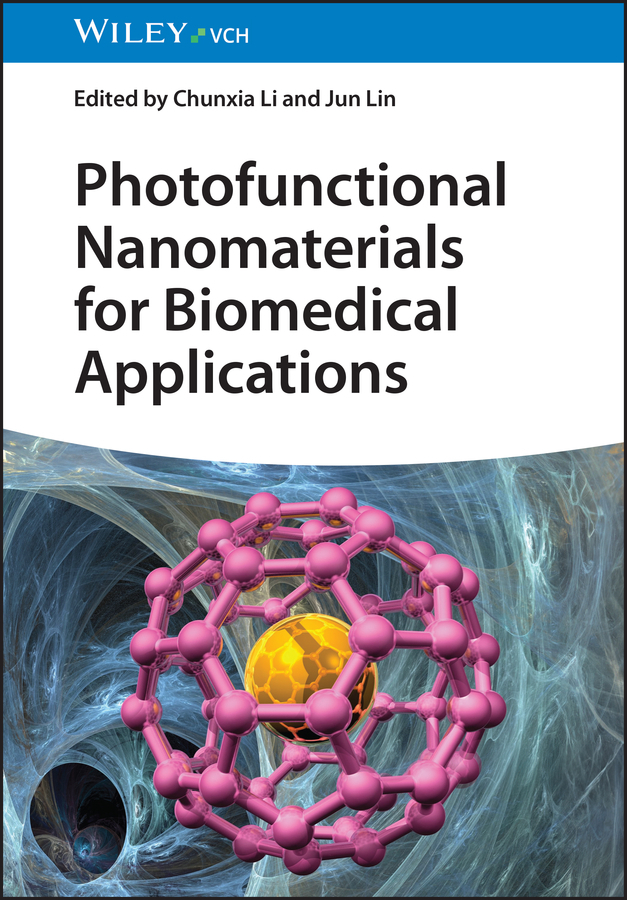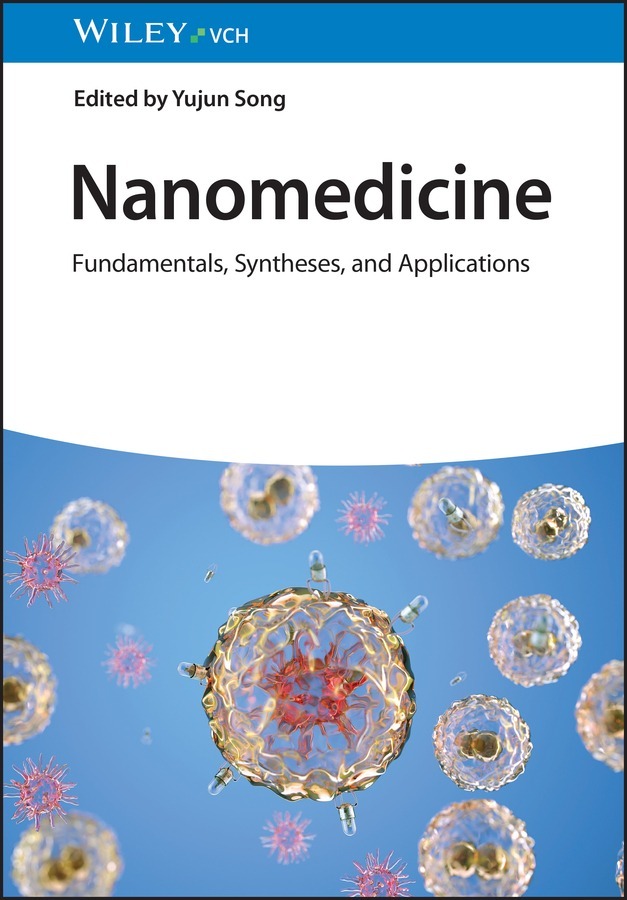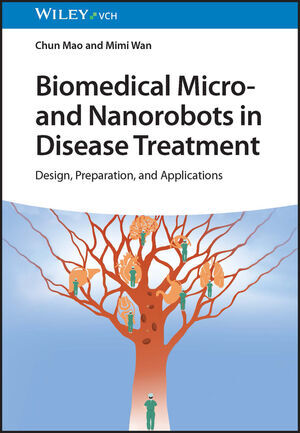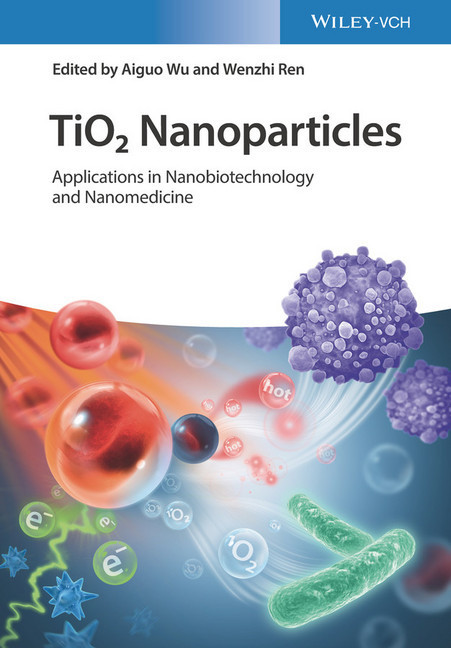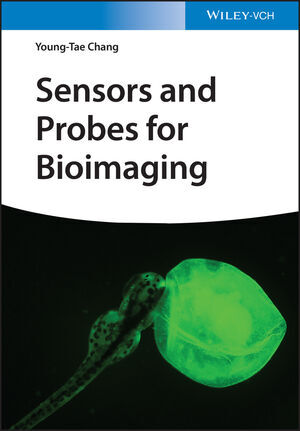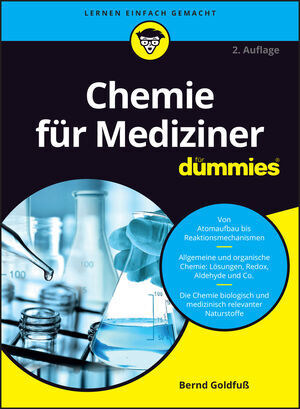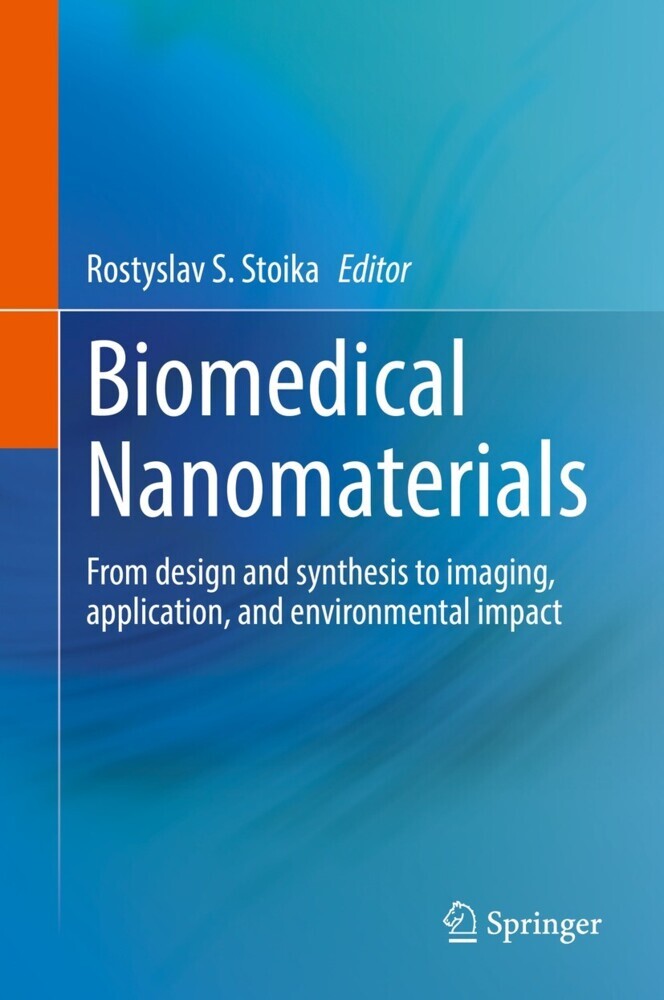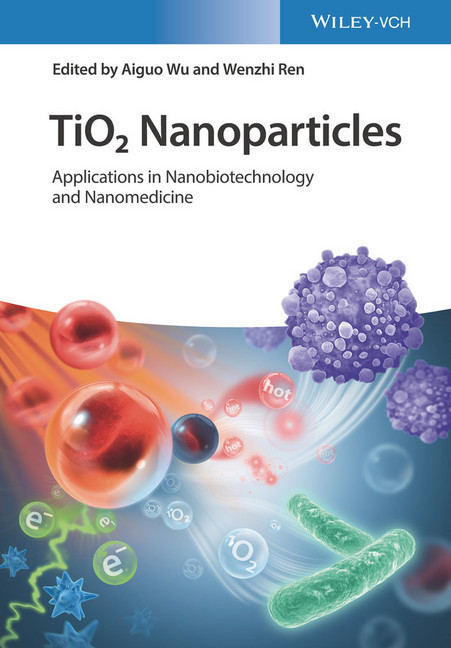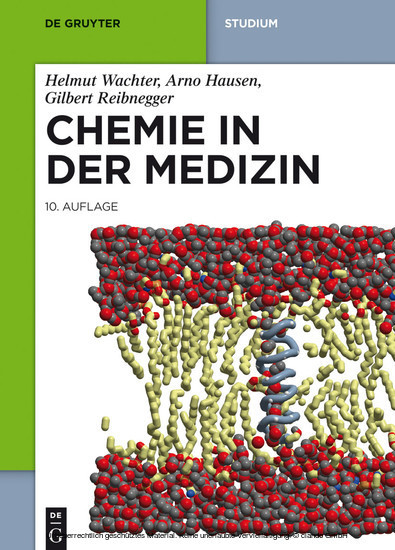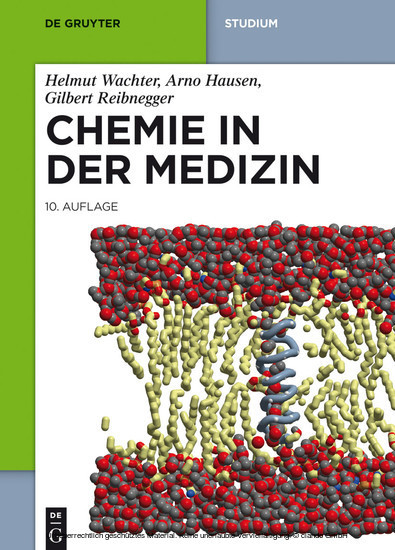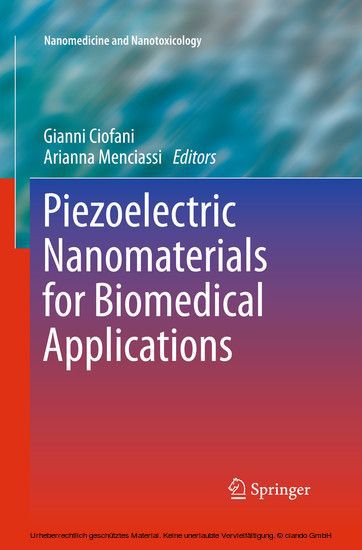Photofunctional Nanomaterials for Biomedical Applications
highlights the controlled synthesis of photofunctional nanoparticles and their hybrid nanocomposites as well as their full potential in biomedical applications.
Foreword
Foreword
Preface
1 GENERAL INTRODUCTION AND BACKGROUND OF PHOTOFUNCTIONAL NANOMATERIALS IN BIOMEDICAL APPLICATIONS
1.1 Introduction to Nanomaterials
1.2 Introduction and Classification of Photofunctional Nanomaterials
1.3 Introduction to Nanobiomedicine
1.4 Classification of Photofunctional Nanomaterials
1.5 Conclusion
2 MECHANISM IN RARE-EARTH-DOPED LUMINESCENCE NANOMATERIALS
2.1 Introduction
2.2 Composition of RE-Doped Luminescence Nanomaterials: Substrate (Host), Activator, and Sensitizer
2.3 Mechanism of RE-Doped Luminescence Nanomaterials
2.4 Luminescence Modulation
3 UPCONVERSION AND NIR-II LUMINESCENCE MODULATION OF RARE-EARTH COMPOSITES USING MATERIAL INFORMATICS
3.1 Introduction
3.2 Typical Processes of Upconversion Luminescence
3.3 Synthesis Methods of Upconversion Nanoparticles
3.4 Material Informatics in UCL
3.5 Cancer Therapy Based on UCNPs
3.6 Conclusion and Perspective
4 COMPOSITES BASED ON LANTHANIDE-DOPED UPCONVERSION NANOMATERIALS AND METAL-ORGANIC FRAMEWORKS: FABRICATION AND BIOAPPLICATIONS
4.1 Introduction
4.2 Fabrications of Composites
4.3 Bioapplications
4.4 Conclusion and Perspectives
5 LANTHANIDE-DOPED NANOMATERIALS FOR LUMINESCENCE BIOSENSING AND BIODETECTION
5.1 Introduction
5.2 Basics of Optical Bioprobe and Lanthanide-Doped Nanoparticles
5.3 Synthesis and Functionalization of Lanthanide-Dope Nanocrystals
5.4 Applications of Luminescence Biosensing and Biodetection
5.5 Integrated Devices for Point-of-Care Testing
5.6 Summary
6 RARE EARTH LUMINESCENT NANOMATERIALS FOR GENE DELIVERY
6.1 Introduction
6.2 UCNPs Nanovectors
6.3 Surface Modification
6.4 Increasing Endosomal Escape
6.5 Controlling Delivery Strategy
6.6 Gene Therapy and Syndication
6.7 Other Lanthanide-Based Nanovectors
6.8 Perspective
7 BIOSAFETY OF RARE-EARTH-DOPED NANOMATERIALS
7.1 Internalization of UCNPs into Cells
7.2 Distribution of UCNPs
7.3 Excretion Behavior of UCNPs
7.4 The Toxic Effect of Cell Incubated with UCNPs
7.5 Toxic Effect of UCNPs In Vivo
7.6 Conclusions and Prospects
8 DESIGN AND CONSTRUCTION OF PHOTOSENSITIZERS FOR PHOTODYNAMIC THERAPY OF TUMOR
8.1 Introduction
8.2 Small Molecule Photosensitizers
8.3 Metal Complexes
8.4 Inorganic Photosensitizers
8.5 Conclusions and Perspectives
9 PERSISTENT LUMINESCENT MATERIALS FOR OPTICAL INFORMATION STORAGE APPLICATIONS
9.1 Introduction
9.2 Luminescent Mechanism of Persistent Luminescent Materials with Deep Traps
9.3 Persistent Luminescent Materials with Deep Traps
9.4 Outlooks
10 THE APPLICATION OF TERNARY QUANTUM DOTS IN TUMOR-RELATED MARKER DETECTION, IMAGING, AND THERAPY
10.1 Introduction
10.2 Conclusion
11 NANOMATERIALS-INDUCED PYROPTOSIS AND IMMUNOTHERAPY
11.1 Discovery and Definition of Pyroptosis
11.2 Mechanisms of Pyroptosis
11.3 Pyroptosis and Tumor Immunotherapy
11.4 Summary and Outlook
12 NIR LIGHT-ACTIVATED CONVERSION NANOMATERIALS FOR PHOTOTHERMAL/IMMUNOTHERAPY
12.1 Introduction
12.2 The Photothermal Conversion Mechanism
12.3 Classification of Inorganic Photothermal Materials
12.4 Mechanisms of PTT and Immunotherapy
12.5 Nanomaterial-Based Photothermal/Immunotherapy
12.6 Summary and Outlook
13 NEAR-INFRARED REGION-RESPONSIVE ANTIMICROBIAL NANOMATERIALS FOR THE TREATMENT OF MULTIDRUG-RESISTANT BACTERIA
13.1 Introduction
13.2 The Antibacterial Mechanisms of Photofunctional Antibacterial Nanomaterials
13.3 Photofunctional Nanomaterials and Antibacterial Activity Against MDR Bacteria
13.4 Limitations and Challenges
13.5 Conclusions
14 PHOTOELECTROCHEMICAL NANOMATERIALS FOR BIOSENSING APPLICATIONS
14.1 Introduction
14.2 Classification of Photoelectrochemical Materials
14.3 Introdu
| ISBN | 9783527353330 |
|---|---|
| Artikelnummer | 9783527353330 |
| Medientyp | Buch |
| Auflage | 1. Auflage |
| Copyrightjahr | 2025 |
| Verlag | Wiley-VCH |
| Umfang | 592 Seiten |
| Abbildungen | 6 Farbabb. |
| Sprache | Englisch |

